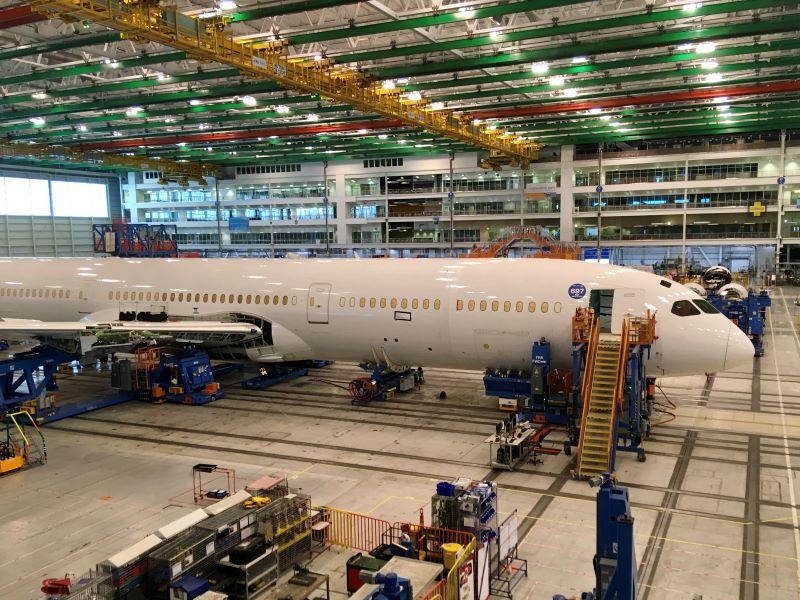
Struggles among original equipment manufacturers (OEMs) to meet delivery targets, particularly among narrowbody programs, is providing near-term boosts for aftermarket providers as some older airframes fill in the gaps, racking up more hours and cycles and avoiding retirement.
The scenario has at least one silver lining for the OEMs, however: once retirements pick up, the quality of assets leaving the fleet will have many aftermarket providers turning to other sources, including OEMs, for spare parts.
“[T]he quality of used assets coming to the market matters,” Bernstein analysts wrote in a recent investor note. “[L]ow retirement over the recent years have meant that these aircraft and engines have been exhausting their green time. By the time they are retired, they should not be as valuable as they would have been had they been retired earlier.”
The trend is not a welcome one for an aftermarket craving more used serviceable material (USM) to help cash-conscious customers strengthen balance sheets. Ironically, balance sheet concerns are likely among the top reasons operators are hanging onto older assets instead of selling them, Bernstein noted.
“Used parts comprise a significant portion of the residual value of used aircraft, so low residual value of old aircraft has discouraged airlines to formally retire and tear down their aircraft,” the firm wrote. “A lack of a desire for airlines to take impairment charges while profit was still challenged” is creating more retirement headwinds, it added.
The bottom line: suppliers are seeing less competition for their new parts.
“We currently see the likelihood of alternative sources being a major threat to new parts as relatively low, given the limited supply of USM,” Bernstein said.
Both Airbus and Boeing ended 2022 with fewer deliveries than projected at the beginning of the year, due to a combination of supply-chain challenges and production issues. But deliveries are projected to rise in 2023, particularly at Boeing, which has seen its 737 MAX and 787 programs suffer particularly challenging production-quality issues that spilled into an inability to hand over aircraft on schedule.
As OEMs ramp up monthly deliveries and traffic edges closer to pre-pandemic levels, retirements are expected to tick up. Aircraft in storage will be moved, either back into service if needed or, as will be the case for many, from their stored status to permanently removed from the fleet. Aviation Week’s latest forecast see retirements as a percentage of the global fleet increasing to 3-3.5% per year by 2025, compared to an average of 2.4% from 2017-2022.



